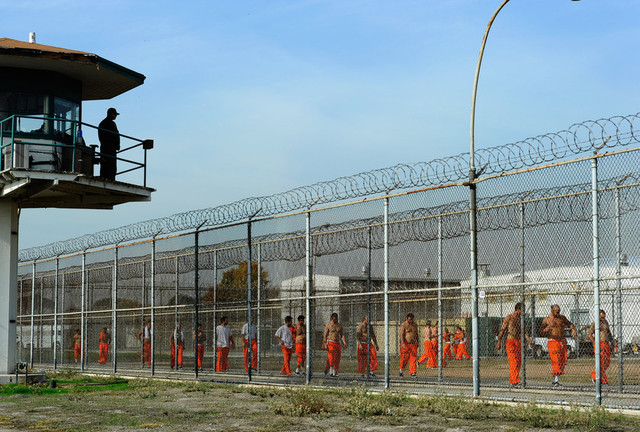A study released last month by Express Scripts Lab predicted state governments could spend more than $55 billion on hepatitis C medications.
"There is no doubt that Sovaldi is a breakthrough therapy," the authors of the study wrote, "but unfortunately, it is also likely to break state budgets. Since health care for so many hepatitis C patients is funded by state programs, each citizen will be shouldering the unprecedented cost burden. The unsustainable pricing of this medication has essentially become a tax on all Americans."
About 93,000 Californians in Medi-Cal and in the state prison system have chronic hepatitis C. If the state covers Sovaldi treatments for all of them, the bill would be about $6.6 billion, according to the study.
Impact Especially Felt in Prisons
While the high cost of Sovaldi could significantly increase spending in Medicare and Medicaid -- as well as by private insurers -- the impact could be especially felt in prison systems.
State Medicaid programs -- Medi-Cal in California -- are entitled by federal law to negotiate drug discounts, but state prison systems usually pay full retail prices. And because prisons typically have a larger percentage of hepatitis C patients than the general population, Sovaldi's high price could have a significant influence on prison system budgets.
The use of expensive -- but effective -- treatments takes on added significance in California where the state prison medical system is operated by a federal receiver. A federal judge in 2006 determined the state's prisoners were not getting adequate care and named a federal receiver to oversee and improve medical care.
An important tool in the measuring of effective health care in prisons is comparing care behind bars to the care received in the general population. If a treatment becomes a community standard on the outside, it will probably eventually become a standard in prisons. That process may be happening especially quickly in California where prison medical care is under so much scrutiny.
"It's a pretty extensive process and it does take some time," said Liz Gransee, public information officer for the California Department of Corrections. Sovaldi went through that process and emerged as a "community standard" last month, Gransee said.
Treating hepatitis C is not inexpensive, no matter what drugs clinicians try. The cost of one course of hepatitis C treatment in the California prison system last year ranged from $13,500 to $88,800, according to California Correctional Health Care Services officials.
Depending on the patient's situation, expensive treatments such as Sovaldi can end up saving money in the long run, state officials said.
"Even though treatment using this drug is expensive, it is more cost effective than caring for a patient with end-stage liver disease who is dying, treating a patient who develops liver cancer, or providing a liver transplant for a patient. For these reasons, the judicious and carefully monitored use of the newly available drug makes sense, both from a medical and cost effective standpoint," California Correctional Health Care Services wrote in an email response to questions about Sovaldi.
The overall cost to treat hepatitis C patients in California prisons was about $12.4 million last year, up from $9 million in 2012.
The prevalence of hepatitis C infection among prisoners is "substantially higher than that of the general U.S. population," according to CDC. In the general population, 1 to 1.5 percent of people are infected, compared with 16 to 41 percent among prisoners.
